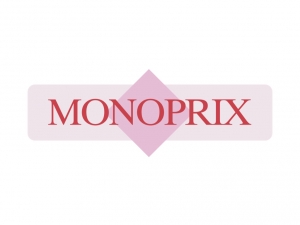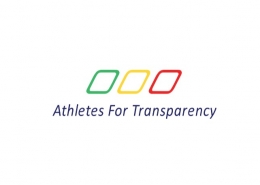


The project consisted in the realization of a mobile application for the preparation of customer orders in supermarkets.
The application had to be in permanent communication with the existing central order picking system in the warehouse
Total project duration: 14 months
The total cost of the project was 450 man-days.
Details of the project :
Mission statement
Development of a specific application on Symbol MC3090 embedded terminals (Windows CE v5.0).
Organization
For the realization of the project, 4 people were allocated :
This contract was executed entirely with Tana Corp resources dedicated to the project.
Main characteristics of the client
The Monoprix group operates 4 banners for more than 300 stores in France. It employs 20,000 people and has a turnover of more than 3.5 billion euros. Food also represents 64% of the group’s turnover.
Conduct of the project
Advice and support role provided throughout the project
Methodology proposed to validate the stages of the project from a customer’s point of view
Proposed project reporting
A monthly steering committee enabled us to steer this long-term project in close collaboration with the client.
Tools chosen for the project management
Project Management: MS Project
Incident follow-up : BugX (based on Mantis) http://www.mantisbt.org/)
Version and configuration tracking: SubVersion (http://subversion.tigris.org/)
Solution feature
Business processes covered by the solution
What were the most difficult features to implement?
The application had to be in quasi-permanent communication with the central order management server existing in each store. For this purpose, a connectivity manager was developed to manage wired and wireless connections according to their availability, without the need for the user to intervene manually.
To meet the problem of deploying updates to the entire terminal park, Tana Corp has developed an automatic update application with backup of applications, their configuration and data, and rollback management in the event of a problem. The objective of this application is to completely eliminate the manual interventions necessary for each update, thus increasing the productivity of the preparation personnel.
Technical platform elements
Software package, software or development languages used
After analysis of all the constraints, Tana Corp proposed the realization of a custom application, based entirely on a Microsoft solution::
Reasons for the choice
Share of pre-existing developments used on which the Supplier capitalized to complete the project
Challenges and key success factors
Business result
Today the application is in production and it has allowed:

 FFBA – SOFTWARE FOR MODERNIZING FOOD BANK AFFILIATES
FFBA – SOFTWARE FOR MODERNIZING FOOD BANK AFFILIATES